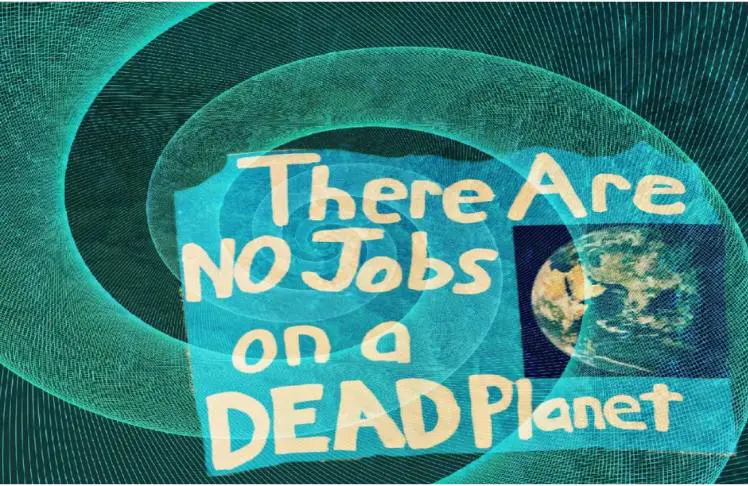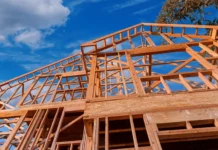
For nearly a decade, starting in 1933, the United States government hired some 3 million young men to work in forests, farms, and national parks across the country through the Civilian Conservation Corps.
The Corps was one of the most popular and successful pieces of President Franklin Delano Roosevelt’s New Deal, providing jobs and creating lasting infrastructure improvements across the country, particularly the roads, cabins, and other facilities built on public lands.
While it created millions of jobs, it had deep flaws and was incredibly discriminatory and racist.
MICHELE WEINDLING, SUNRISE MOVEMENT
But like any major government program conceived of in the 1930s, the Corps had its issues when it came to race: Black enrollment was capped at 10%, which, while demographically representative, did not account for the deep poverty Black America experienced during the Depression.
White recruiters often skipped over Black applicants in Southern states, and after briefly flirting with integration in the Corps, the camps that participants lived in while working for the CCC were segregated. It was arguably instrumental in bringing down Jim Crow, but it was by no means great.
After President Joe Biden announced on September 20 that he is establishing the American Climate Corps through an executive order, it’s worth remembering the racial legacy of the CCC — which inspired the very idea for a massive federal jobs training program to combat the climate crisis.
“While it created millions of jobs, it had deep flaws and was incredibly discriminatory and racist,” Michele Weindling, a spokesperson for the Sunrise Movement, which has for the last three years pushed the White House to establish a climate corps, says of the New Deal-era program. “But I think it’s very clear from the organizing that we’ve done that we’ve set a precedent: the ACC needs to right the wrongs of FDR’s CCC.”
The American Climate Corps will train up to 20,000 young Americans in its first year for jobs in a variety of climate-friendly sectors, from clean energy to disaster preparedness to land conservation. The training will give participants a “pathway into the middle class and into a more sustainable future,” Ali Zaidi, the White House’s national climate adviser, told The New York Times.
It’s unclear how much the Corps will pay trainees, but the White House pointed to a new forestry program as an example of what the program might look like that pays $15 an hour and covers room and board.
There have been various proposals for a climate jobs training program over the past few years, including as part of the Green New Deal, and many have specifically addressed equity concerns. Under the 2021 plan put forward by Representative Alexandria Ocasio-Cortez and Senator Ed Markey, so-called environmental justice communities would benefit from half of the projects, and half of the participants in the corps would be recruited from such communities.
In order for this to succeed, it needs to be really deeply rooted in equity.
MICHELE WEINDLING
Biden’s American Climate Corps does not yet have such strict requirements around race and justice. But there are some small early signs that the White House is thinking about climate justice as it relates to the new Corps, such as the $15 million expansion of the Indian Youth Service Corps mentioned in the ACC’s official announcement.
But while questions remain over who will have the opportunity to join the Corps, and how the White House plans to recruit in Black and other non-white communities, Weindling and Sunrise are still celebrating the news as a huge victory. With the ACC, the country will have a “WWII-level mobilization from our government that is creating jobs in each sector of our economy,” she said, rather than leaving the transition to a post-carbon economy solely to the markets.
And Weindling said that Sunrise will continue to organize around the Corps to ensure that the program prioritizes Black and brown young people. “In order for this to succeed, it needs to be really deeply rooted in equity,” she says, “giving good jobs to communities that have been disproportionately harmed by the climate crisis.”















